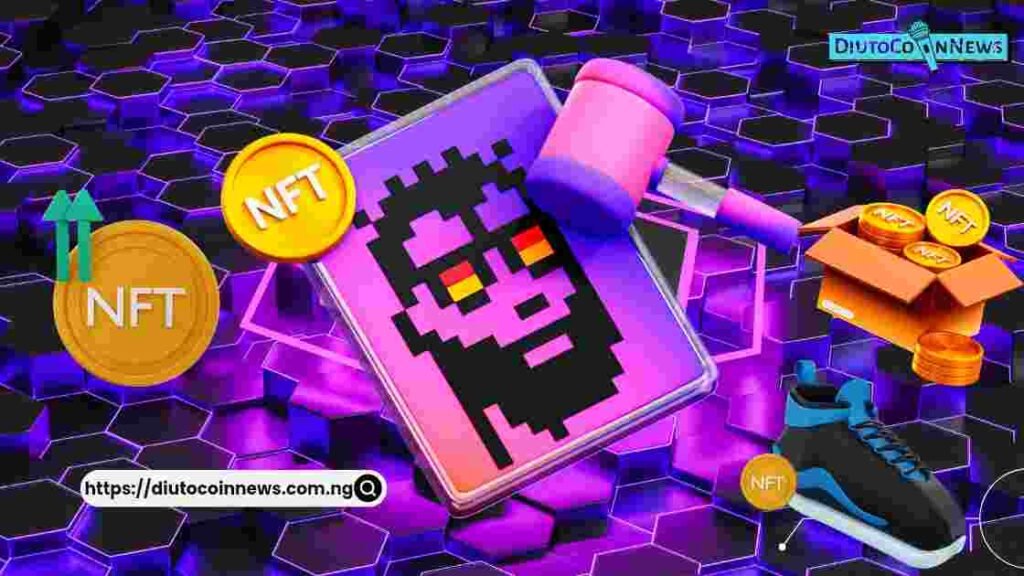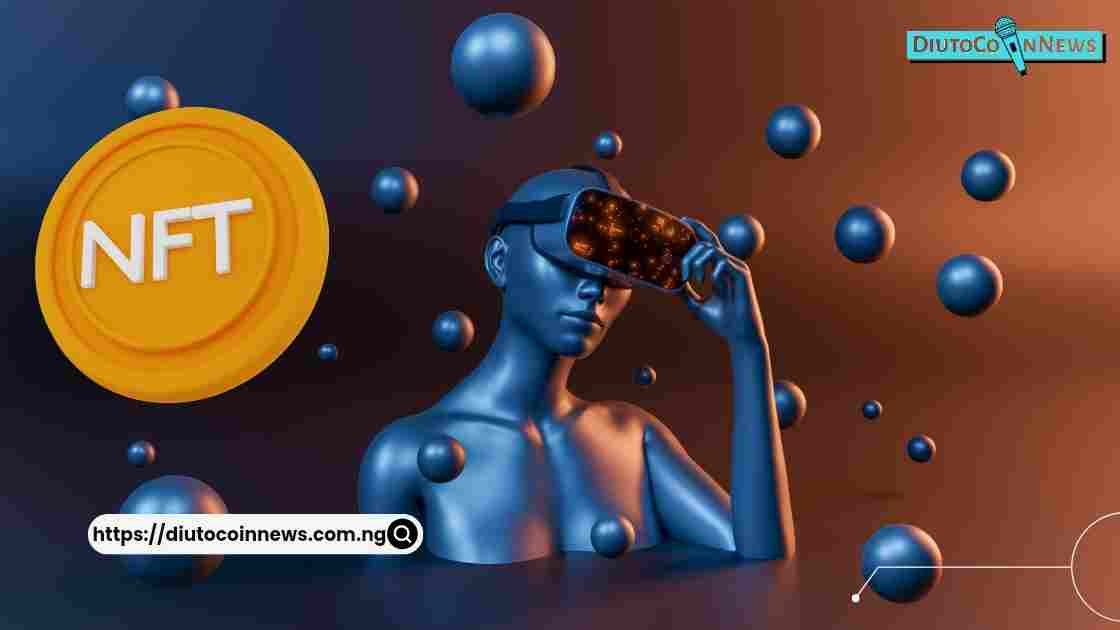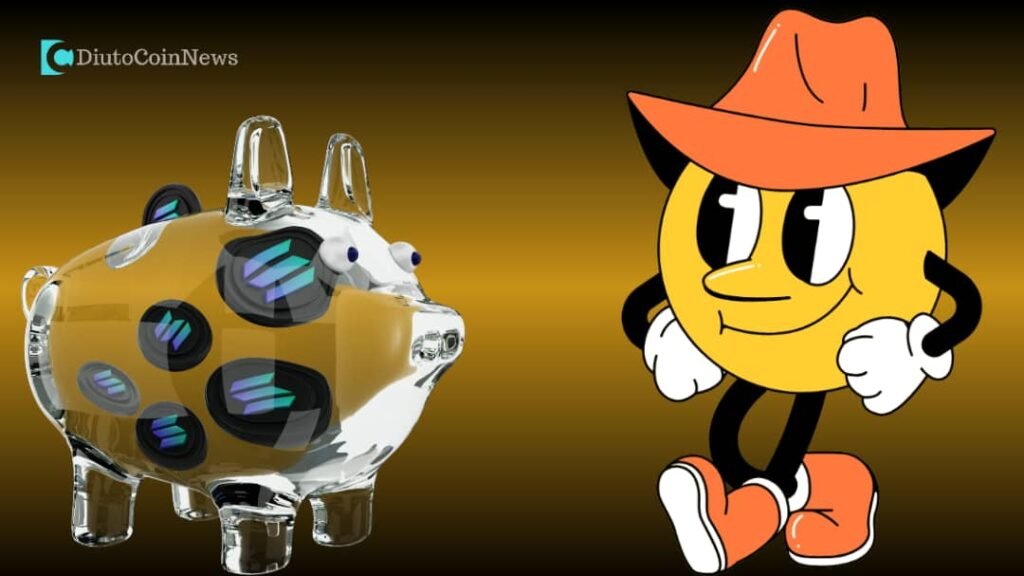Last updated on October 14th, 2022 at 10:39 am
Thank you for reading this post, don't forget to subscribe!
A Fractional NFT is a whole NFT divided into smaller pieces. Fractional NFTs help to increase inclusion, democratization and participation in the NFT and Crypto space.

It makes NFT ownership accessible to more people. Fractional NFTs can enhance market liquidity, provide better price valuations, and democratization. If you are looking to invest in a popular NFT collection like BAYC but feel it’s too expensive? Fractional NFTs could be an alternative.
The idea of Fractional NFT is to allow investors who missed entering or owning an NFT at the early stage as floor prices might have increased to own them. Moreover, some can’t afford to buy the more expensive NFTs, but they can certainly explore the possibilities offered by Fractionalized NFTs.
The concept of fractionalization is similar to owning shares of a company. The idea is to make it easily accessible and tradeable as a token to anyone looking to own the NFT regardless of status. It fulfils the idea of inclusion and adoption.
What is Fractional NFT?
A Fractional NFT is simply a whole NFT divided into smaller pieces, allowing different people to claim partial ownership of the same NFT as a whole. Think of it like a full pizza – it’s now sliced to serve multiple people with limited supply.
Since an NFT is unique and non-fungible without any possibilities of duplication, dividing the whole to serve more puts its ownership into the hands of many making it inclusive.
How Does NFT Fractionalization Work?
The creation of the Fractional NFT is possible through the ERC-721 token standard. This is one of the most common standards used for creating NFTs on the Ethereum blockchain (along with the ERC-1155).
It’s possible to create fractional NFT on so many other blockchain networks. The creation of fractional NFT works alongside with ERC-20 standard. While in contrast, it’s used to make altcoins and other fungible tokens. Fungible tokens are interchangeable, meaning that each unit has the same utility and intrinsic value.
Read More: KuCoin Introduces Fractional NFTs hiBAYC with hiBAYC Token Trading.
In this way, such a smart contract can be deployed to generate multiple ERC-20 tokens linked to an indivisible ERC-721 NFT. Now, anyone who holds any of the ERC-20 tokens generated can own a percentage of the linked NFT.
Can Fractional NFTs Be Reversed?
Yes, you can reverse the fractionalized NFT and it goes back into a whole NFT. This is because the smart contract that fractionalizes an NFT has a buyout option that lets a Fractional NFT holder purchase all the fractions to unlock the original NFT.
How Does Fractional NFT Reversing Work?
Any Fractional NFT holder can initiate the buyout option reversal by transferring a specific number of the corresponding ERC-20 tokens back to the smart contract used in creating the fractionalized NFTs.
Once, he initiates the buyout, it will start a sort of buyback auction, which will run for a fixed timeframe. The other Fractional NFT holders will now have the opportunity to decide and buy out the NFT. If any holder successfully buys it, it’s returned to the smart contract and the buyer gets full ownership of the sold fraction.
What Are The Advantages Of Fractional NFTs?
Democratization
The increasingly high prices of some of the most popular NFTs are unaffordable for smaller investors or collectors. Fractionalizing an expensive NFT lowers costs and makes it possible for smaller nft collectors and investors to buy into them.
More liquidity
Popular collections tend to increase greatly in price. This makes this NFTs accessible to only a few wealthy investors. With Fractional NFTs, you can divide the ownership of ERC-721 or ERC-1155 tokens into multiple ERC-20 tokens, making them more affordable.
Price Discovery
Some undervalued NFTs can be fractionalized and it will help to bring out the actual value of the asset.
Fractionalizing the NFT makes it more affordable and allows more people to trade the asset, making it easier for buyers to find the NFT’s actual value. With more increased visibility for creators through fractionalization, digital creators can get even greater exposure online because they can reach a wider audience in a more liquid market.
How Do Fractional NFT Holders Benefit?
There are at least three advantages for Fractional NFT holders:
- They get to own a percentage of a larger and more expensive whole NFT.
- The fractional nft holder may get exclusive access to the staking rewards by holding or locking up their fraction of NFT.
- They may get benefits such as voting rights in a DAO.
What Are The Disadvantages of Fractional NFTs?
There is no real disadvantage once the smart contracts they are built on are secure.
But there might a big problem if however, a part-owner or holder of an NFT initiates a buyout auction by sending the total amount of all fractionalized parts to the smart contract.
Now, if the other fraction holders outbid the person who initiated the auction, they can keep control of their share, but now with a higher difference in price. But the big problem arises when the person who initiated the buy-out successfully outbids the other fraction holders.
Payments will be distributed to each owner according to the size of their holdings once the buy-out turns out successful. While they get paid for holding their share of NFT, this makes a holder sell his fraction unwillingly.
Conclusion
Fractional NFTs have started to make the news headlines with the most recent one from KuCoin. hiBAYC nft will open trading for its ERC-20 token on July 29th.
If you have been looking to own a BAYC NFT, you can now still own a fraction of it by buying the fractional nft of BAYC on OpenSea.























